Topics
- active learning (18)
- research assignments (6)
- libraries (1)
- literature-based learning (2)
- multimedia (5)
- museums (6)
- object learning (7)
- online learning (5)
- peer instruction (10)
- storytelling (2)
- learning management system (2)
- syllabus design (3)
- teaching empathy (3)
- teaching fellows (1)
- lecture (3)
- learning goals (8)
- assessment (6)
- data (3)
- backward design (3)
- blended approaches (12)
- case-based learning (8)
- classroom contracts (7)
- classrooms and space (3)
- collaborative learning (27)
- community events (1)
- course transformation (7)
- devices (3)
- learning by making (5)
- discussion (24)
- engaged scholarship (4)
- experiential learning (16)
- feedback (18)
- group work (8)
- guest speakers (7)
- interdisciplinary (6)
- leadership (3)
Send feedback
Subscribe
Copyright © 2024 The President and Fellows of Harvard College | Privacy | Accessibility | Digital Accessibility | Report Copyright Infringement

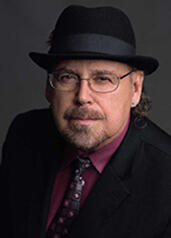 As an historian of religions, Davíd Carrasco, Neil L. Rudenstine Professor for the Study of Latin America, conducts his courses through an ensemble approach, which enables students to learn about complex evidence from a variety of approaches, sources and mediums. This approach contains four parts: (1) using an interdisciplinary intellectual method, (2) incorporating a variety of sources, including artifacts, texts, films, and museum exhibitions; (3) expanding disciplinary perspectives through team teaching and visiting speakers; and (4) organizing diverse student experiences and inviting a range of responses. One example of the ensemble in action is Carrasco’s annual collaboration with the Peabody Museum on their Día de los Muertos exhibition as part of his Gen Ed course,
As an historian of religions, Davíd Carrasco, Neil L. Rudenstine Professor for the Study of Latin America, conducts his courses through an ensemble approach, which enables students to learn about complex evidence from a variety of approaches, sources and mediums. This approach contains four parts: (1) using an interdisciplinary intellectual method, (2) incorporating a variety of sources, including artifacts, texts, films, and museum exhibitions; (3) expanding disciplinary perspectives through team teaching and visiting speakers; and (4) organizing diverse student experiences and inviting a range of responses. One example of the ensemble in action is Carrasco’s annual collaboration with the Peabody Museum on their Día de los Muertos exhibition as part of his Gen Ed course, 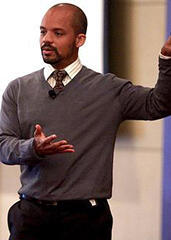 John Asher Johnson
John Asher Johnson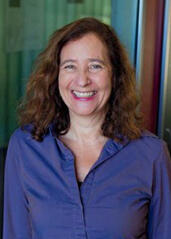 Elisa New, Powell M. Cabot Professor of American Literature, has ample experience blending asynchronous and synchronous learning to teach
Elisa New, Powell M. Cabot Professor of American Literature, has ample experience blending asynchronous and synchronous learning to teach 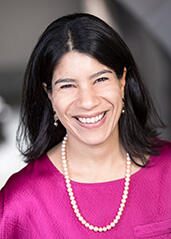 Maya Jasanoff, X. D. and Nancy Yang Professor of Arts and Sciences and Coolidge Professor of History, uses narratives to engage students and deepen their understanding of course content. From her Gen Ed course...
Maya Jasanoff, X. D. and Nancy Yang Professor of Arts and Sciences and Coolidge Professor of History, uses narratives to engage students and deepen their understanding of course content. From her Gen Ed course...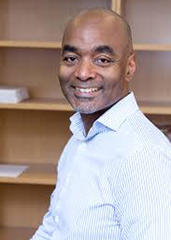 Robert Reid-Pharr, Professor of Studies of Women, Gender, and Sexuality and of African American Studies strives to create a “rigorous but not frightening” classroom experience for the course ...
Robert Reid-Pharr, Professor of Studies of Women, Gender, and Sexuality and of African American Studies strives to create a “rigorous but not frightening” classroom experience for the course ...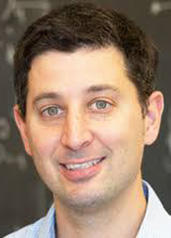 In his
In his 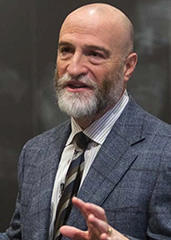 In his general education courses, Jay Harris, Harry Austryn Wolfson Professor of Jewish Studies, posts two different videos prior to class for students to view: pre-reading videos contextualize and provide guidance for the week’s readings, and lecture videos replace Harris’s in-class...
In his general education courses, Jay Harris, Harry Austryn Wolfson Professor of Jewish Studies, posts two different videos prior to class for students to view: pre-reading videos contextualize and provide guidance for the week’s readings, and lecture videos replace Harris’s in-class...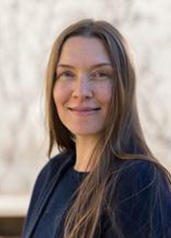 Manja Klemenčič, Lecturer on Sociology, has scaled a small research-based seminar course for sociology concentrators to one of Harvard College’s newest general education courses,
Manja Klemenčič, Lecturer on Sociology, has scaled a small research-based seminar course for sociology concentrators to one of Harvard College’s newest general education courses, 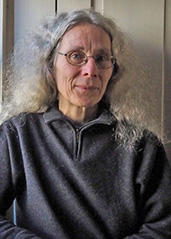 Virginie Greene, Professor of Romance Languages and Literature, transfers the theme of her Freshman Seminar course,
Virginie Greene, Professor of Romance Languages and Literature, transfers the theme of her Freshman Seminar course, 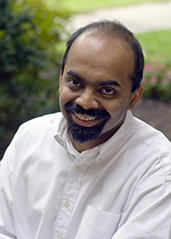 L Mahadevan, Lola England de Valpine Professor of Applied Mathematics in SEAS, and Professor of Organismic and Evolutionary Biology, and of Physics in FAS used a 2017-2018
L Mahadevan, Lola England de Valpine Professor of Applied Mathematics in SEAS, and Professor of Organismic and Evolutionary Biology, and of Physics in FAS used a 2017-2018 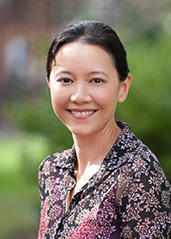 Rachel Carmody, Assistant Professor of Human Evolutionary Biology, explores a burgeoning new field in her course
Rachel Carmody, Assistant Professor of Human Evolutionary Biology, explores a burgeoning new field in her course 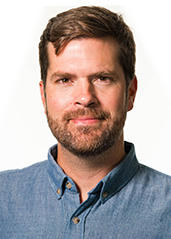 When Dr. Kevin Eggan, Professor of Stem Cell and Regenerative Biology, did research as an undergraduate, it “transformed for me what science was and what it could be.” His
When Dr. Kevin Eggan, Professor of Stem Cell and Regenerative Biology, did research as an undergraduate, it “transformed for me what science was and what it could be.” His 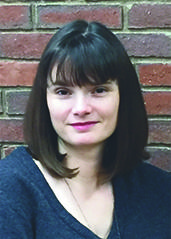 Emily Dolan, Gardner Cowles Associate Professor of the Humanities, co-teaches the graduate seminar
Emily Dolan, Gardner Cowles Associate Professor of the Humanities, co-teaches the graduate seminar 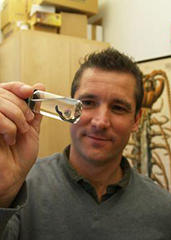 Gonzalo Giribet, Professor of Organismic and Evolutionary Biology, takes students in his course
Gonzalo Giribet, Professor of Organismic and Evolutionary Biology, takes students in his course 